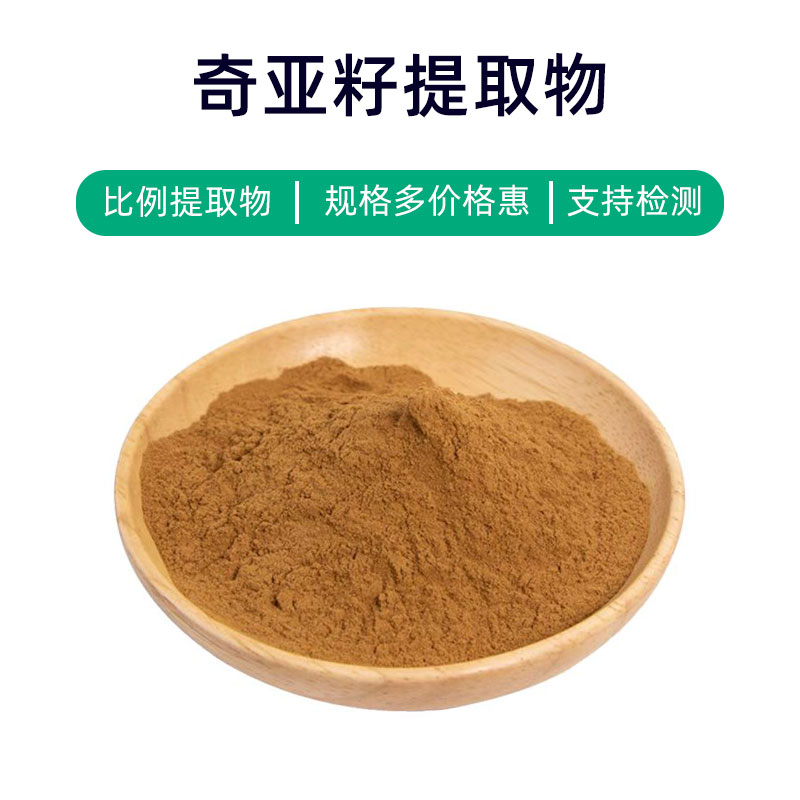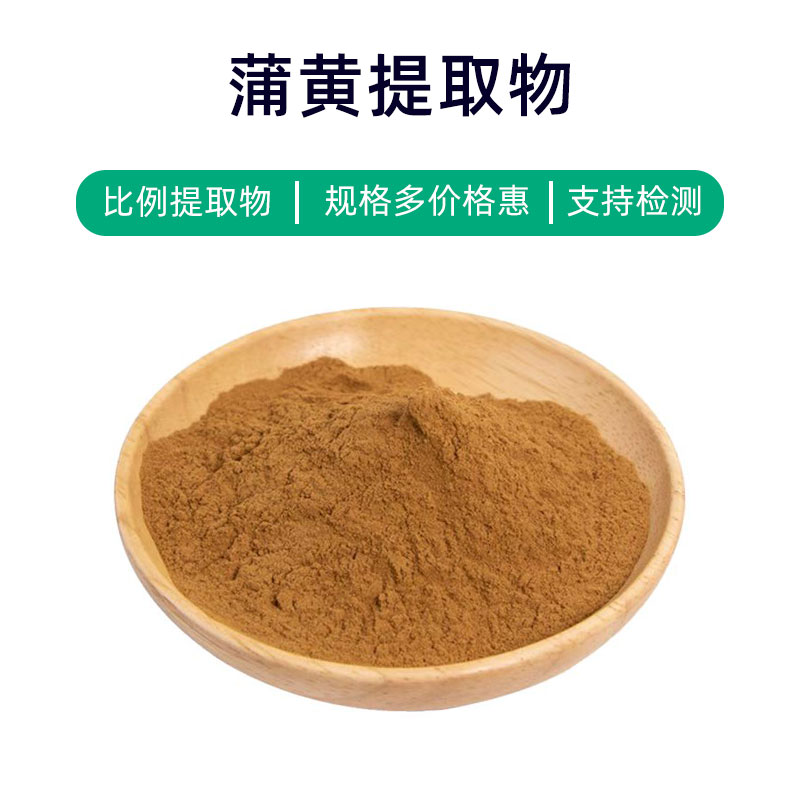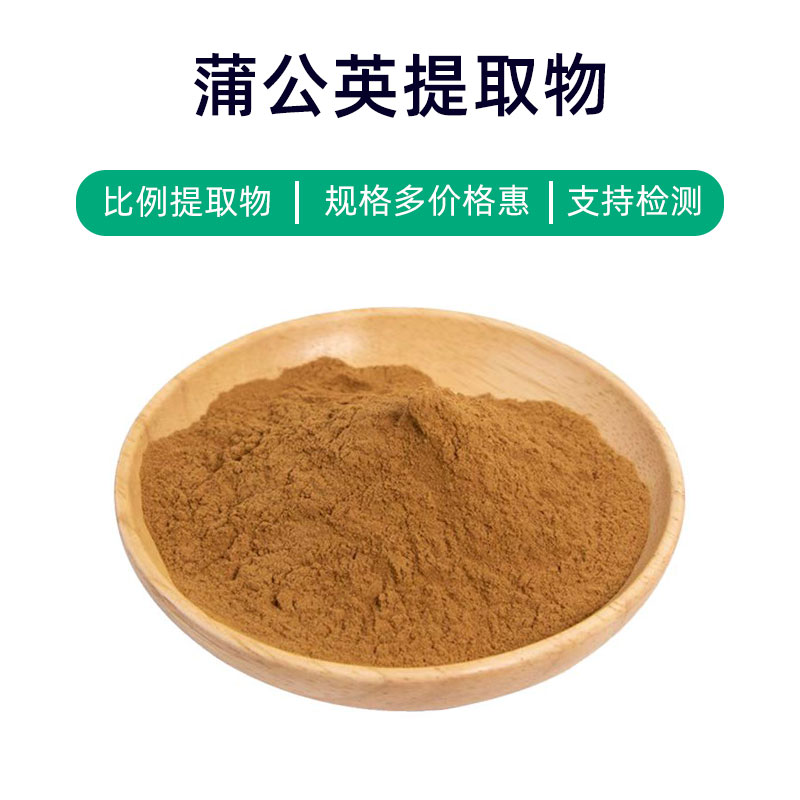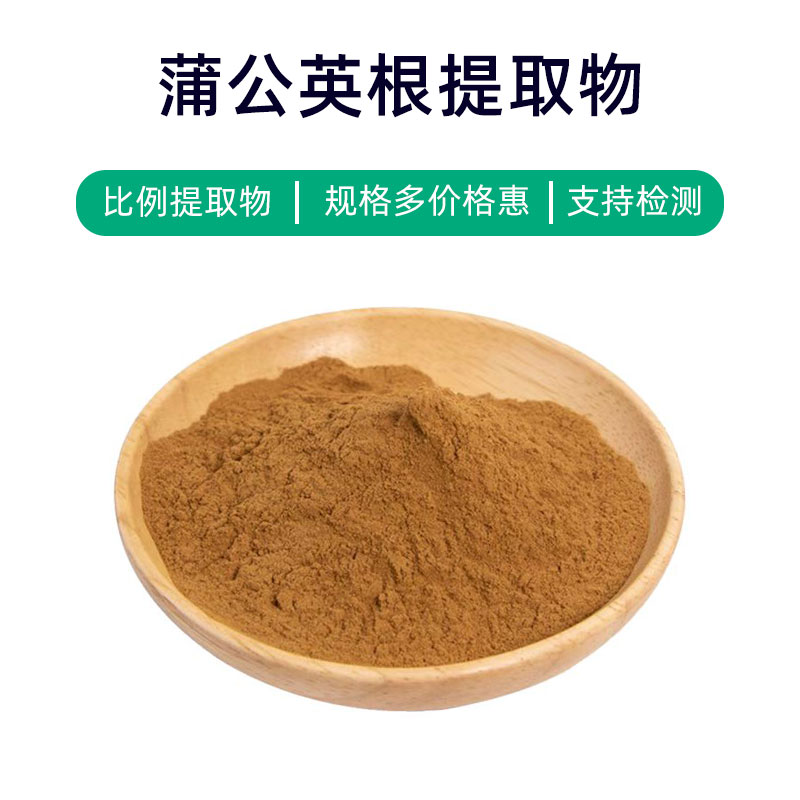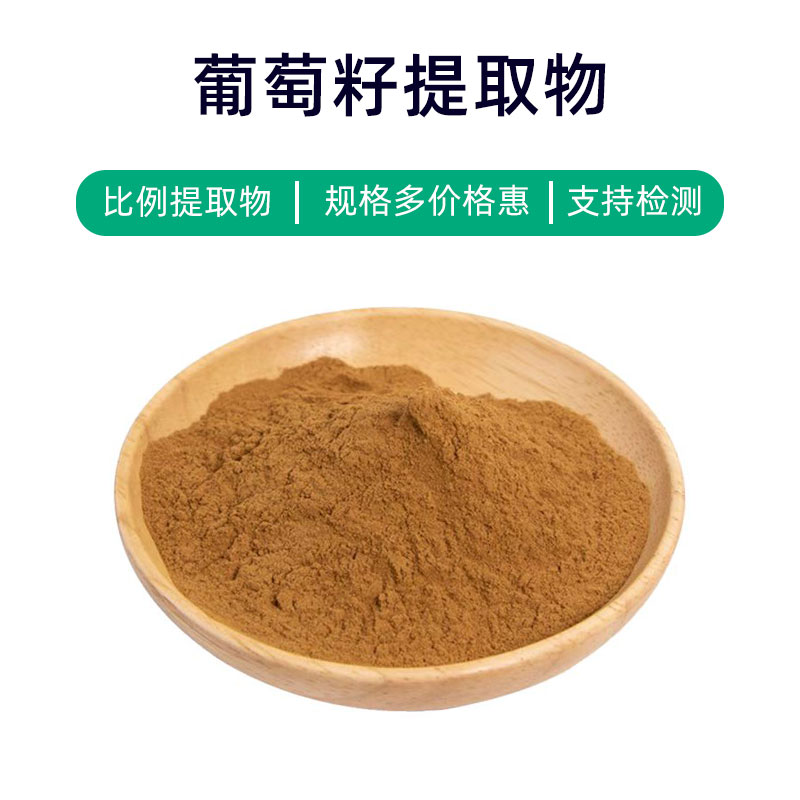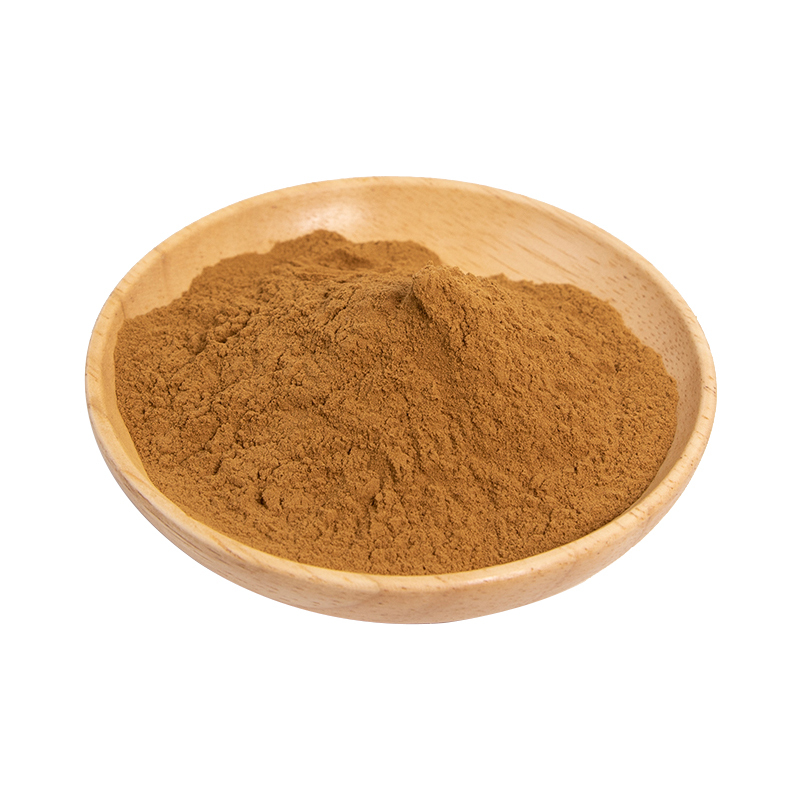Introduction to Licorice Extract
Licorice extract is a natural plant extract derived from the roots of Glycyrrhiza glabra. Its main components include glycyrrhizin and liquiritin, which have various effects and wide applications.
- Main Components: The major components of Licorice Extract include glycyrrhizin, liquiritin, and other glycyrrhizin saponins, which possess multiple biological activities such as antioxidant, anti-inflammatory, and antibacterial properties.
- Effects: Licorice Extract is commonly used in medicine as an anti-inflammatory, cough suppressant, and bronchodilator. It also exhibits certain anti-ulcer, anti-allergic, and hepatoprotective effects. Additionally, it is used to regulate the immune system and promote digestion.
- Applications: Licorice Extract is widely used in pharmaceuticals, supplements, food, and cosmetics. In medicine, it is often used to prepare anti-inflammatory, anti-allergic, cough suppressants, and bronchodilators. In the supplement field, it serves as a raw material with functions for immune regulation, digestion promotion, and fatigue resistance. In the food sector, it is used for flavoring, enhancing aroma, sweetness, and preservation. In cosmetics, it is frequently added to skincare products and lipsticks for its antioxidant, anti-inflammatory, and skin-soothing effects.
Overall, Licorice Extract is rich in bioactive components, widely applicable in pharmaceuticals, supplements, food, and cosmetics, representing a natural plant extract with multiple benefits.
Production Process of Licorice Extract
The production process of Licorice Extract typically includes the following steps:
- Raw Material Preparation: First, prepare the roots of Licorice as the extraction material. The selection and quality of raw materials are crucial for the final product's quality.
- Crushing and Grinding: The roots of Licorice are crushed and ground into a powder suitable for extraction. This step is usually done using specialized crushing equipment.
- Solvent Extraction: The ground Licorice powder is mixed with an appropriate solvent (such as ethanol or methanol) for maceration and extraction. The choice of solvent and optimization of extraction conditions significantly impact component composition and quality.
- Concentration of Extract: After a certain extraction time, the extract is concentrated to bring its active components to a certain level, typically using vacuum concentration, distillation, etc.
- Filtration: The concentrated extract is filtered to remove impurities and suspended particles to obtain a relatively pure extract.
- Secondary Concentration and Refinement: The filtered extract undergoes further concentration and refinement to enhance purity and active ingredient content.
- Drying the Product: The refined extract is dried to produce a powder or solid final product. During drying, it is essential to control temperature and humidity to avoid compromising product quality.
- Packaging and Storage: Finally, the dried Licorice Extract is packaged in sealed containers to prevent moisture and oxidation, and stored in a cool, dry environment to ensure product quality and stability.
The steps outlined represent the typical production process for Licorice Extract, with strict control and operation required at each stage to ensure product quality and safety.
Effects and Side Effects of Licorice Extract
Licorice Extract is a common plant extract with various benefits, but it is important to note that this discussion focuses solely on its common uses, without any mention of sensitive advertising terms or disease treatment terminology.
- Antioxidant Effects: Licorice Extract is rich in antioxidants, capable of scavenging free radicals in the body, protecting cells from oxidative damage and slowing the aging process.
- Anti-inflammatory Effects: This extract has significant anti-inflammatory properties, helping to alleviate inflammatory responses and reduce pain and discomfort.
- Antibacterial and Antiviral Properties: The active components in Licorice Extract possess inhibitory effects against various bacteria and viruses, aiding in the prevention of infections and transmission.
- Immune System Regulation: Moderate intake of Licorice Extract can help regulate immune system functions, enhancing the body's resistance to infections.
- Liver Protection: Some studies suggest that Licorice Extract has protective effects on the liver, reducing liver damage and improving liver function.
- Anti-allergic Properties: Certain components can inhibit allergic reactions and alleviate allergy symptoms, offering some auxiliary therapeutic effects for allergic diseases.
- Skincare Benefits: In cosmetics, Licorice Extract is commonly found in skincare products for its brightening, spot-reducing, anti-inflammatory, and soothing effects, suitable for various skin types.
- Dietary Supplement Usage: As an ingredient in dietary supplements, Licorice Extract can help regulate the internal environment and improve overall health.
Despite its various benefits, several precautions should be taken when using Licorice Extract:
- Follow the manufacturer's recommended dosages and methods to avoid overuse.
- People allergic to Licorice should avoid it.
- Pregnant or breastfeeding women and children should consult a doctor before use.
- Long-term or excessive use may cause adverse reactions like dizziness, nausea, diarrhea, etc., requiring immediate cessation and medical attention.
In summary, Licorice Extract has a broad application potential but requires careful use in accordance with professional advice to ensure safety and effectiveness.
Application Scenarios and Dosage Recommendations for Licorice Extract
Licorice Extract is widely applied in the fields of medicine, food, and cosmetics. Here are suggested application scenarios, usage, and dosage recommendations across different areas:
Applications and Dosage in Medicine:
- Anti-inflammatory and Antibacterial: Licorice Extract can be used for conditions like oral ulcers and pharyngitis, made into mouthwash or oral spray, used 5-10 ml at a time, 3-4 times a day.
- Anti-allergic: For allergic conditions such as allergic rhinitis and dermatitis, it can be formulated into external sprays or lotions, used as recommended by a doctor.
- Antiviral: For certain viral infections, Licorice Extract can serve as adjunctive treatment, commonly in oral liquid or ointment forms, to be used as advised by a doctor.
- Anti-inflammatory: It can be applied to treat mild inflammation and skin damage, made into external gels or creams, applied as needed.
Applications and Dosage in Food:
- Natural Preservative: Licorice Extract can be used as a natural preservative in food, typically added at 0.1-0.5 grams per kilogram of food.
- Flavoring Agent: Adding Licorice Extract to seasonings can enhance the taste and aroma of food, adjusted according to food type and personal preference.
- Functional Foods: Used to prepare functional foods like chewing gum and oral hygiene tablets, dosage should follow product instructions or doctor’s recommendations.
Applications and Dosage in Cosmetics:
- Skincare Products: Licorice Extract is commonly found in skincare products for its whitening, spot-removing, and anti-inflammatory properties, generally applied evenly on the skin as needed.
- Hair Care Products: It can be included in shampoos and conditioners, offering nourishment for hair and helping prevent scalp inflammation, with usage according to product instructions.
- Oral Care: It may be used in toothpaste and mouthwash, providing cleansing and antibacterial benefits, following usage instructions accordingly.
- Makeup Products: Added to lipsticks and foundations, it can enhance the product's antioxidant and anti-inflammatory properties, with adjustments based on product type.
It's vital to note that dosages may vary across different formulations, uses, and populations, so it is advised to carefully read product labels or consult healthcare professionals before use. Additionally, those with allergies or special conditions should avoid usage or do so under professional guidance.
Introduction to the Source Plant of Licorice Extract: Distribution and Growing Environment
The scientific name of Licorice is Glycyrrhiza glabra L., an important herbaceous plant belonging to the Fabaceae family. Here are detailed introductions about the source plant of Licorice Extract, including its description, distribution, and growing environment:
Plant Description:
Licorice is a perennial herb with a well-developed root system and erect stems growing about 30-120 cm tall. Its leaves are pinnate, with axillary racemes of small purple flowers. The roots are the main part used for extracting Licorice, containing rich effective components such as glycyrrhizin.
Distribution:
Licorice is widely distributed across the Mediterranean coasts of Eurasia, Africa, and North America, particularly in West Asia, Southern Europe, and North Africa. In China, it is mainly found in regions of North China, Northwest, East China, and Southwest.
Growing Environment:
- Climate Conditions: Licorice is quite adaptable and prefers warm, humid climates, requiring ample sunlight. Optimal temperatures for the growing season range from 15-30 degrees Celsius.
- Soil Requirements: Licorice is not very strict about soil types but thrives in loose, well-drained, fertile soils, with a preferred pH range between 6-8.
- Water Needs: Licorice has moderate water requirements and does not tolerate drought or waterlogging well. Ideal soil moisture should be around 70%-80%.
- Altitude Range: Licorice is found across a broad altitude range, flourishing from low to mid-altitude regions, approximately between 0-2500 meters.
Licorice is a plant with strong adaptability and wide distribution, rich in effective components in its roots, with extensive applications and developmental value in medicine, food, and cosmetics.
Processing and Storage of Licorice Extract
The processing of Licorice Extract generally involves steps of extraction, concentration, filtration, purification, and drying. Initially, the effective components in Licorice are extracted using suitable solvents, followed by concentration and filtration to remove impurities and solvent residues, and then further purification to ensure the extract's purity and quality. Finally, the extract is dried for long-term storage and use.
Regarding storage, Licorice Extract should typically be kept in a dry, cool, and well-ventilated environment, avoiding direct sunlight and high temperatures. During storage, moisture and dust should be prevented by using sealed containers, and it should not come into contact with harmful substances to ensure the extract’s quality and stability. Regular checks on the extract’s appearance and properties are essential to ensure it remains free from off-odors, discoloration, and clumping, preserving its quality.
Monica Sun is a seasoned expert in the plant extraction industry with over a decade of experience in research and production. She specializes in the extraction and purification of plant active ingredients, focusing on driving innovation in natural product applications. Monica has participated in the development of multiple functional plant extracts, delivering high-value natural raw material solutions for the health food, pharmaceutical, and dietary supplement sectors.









